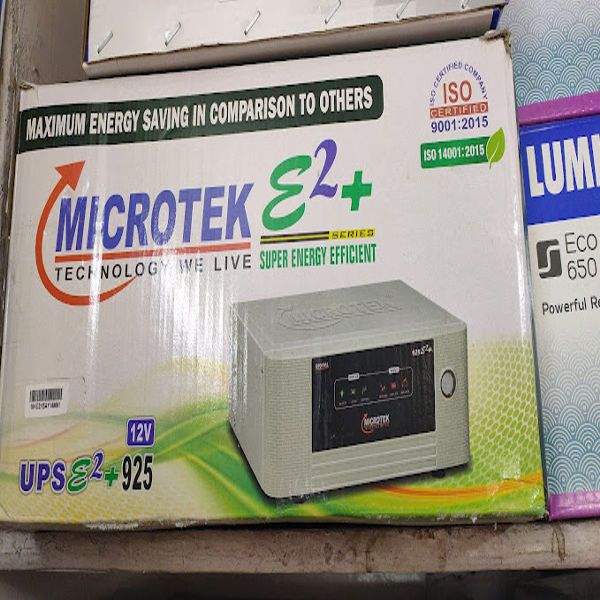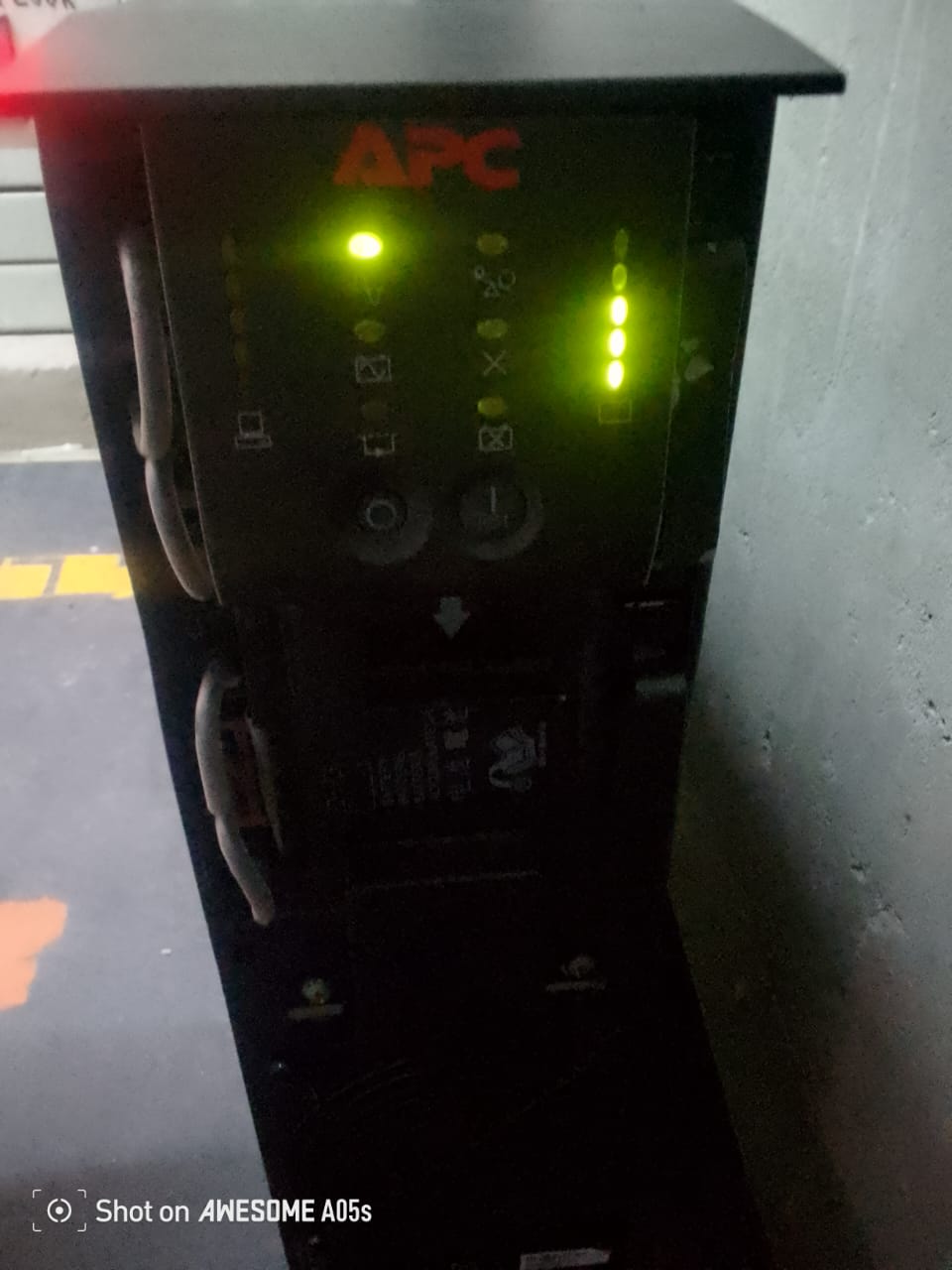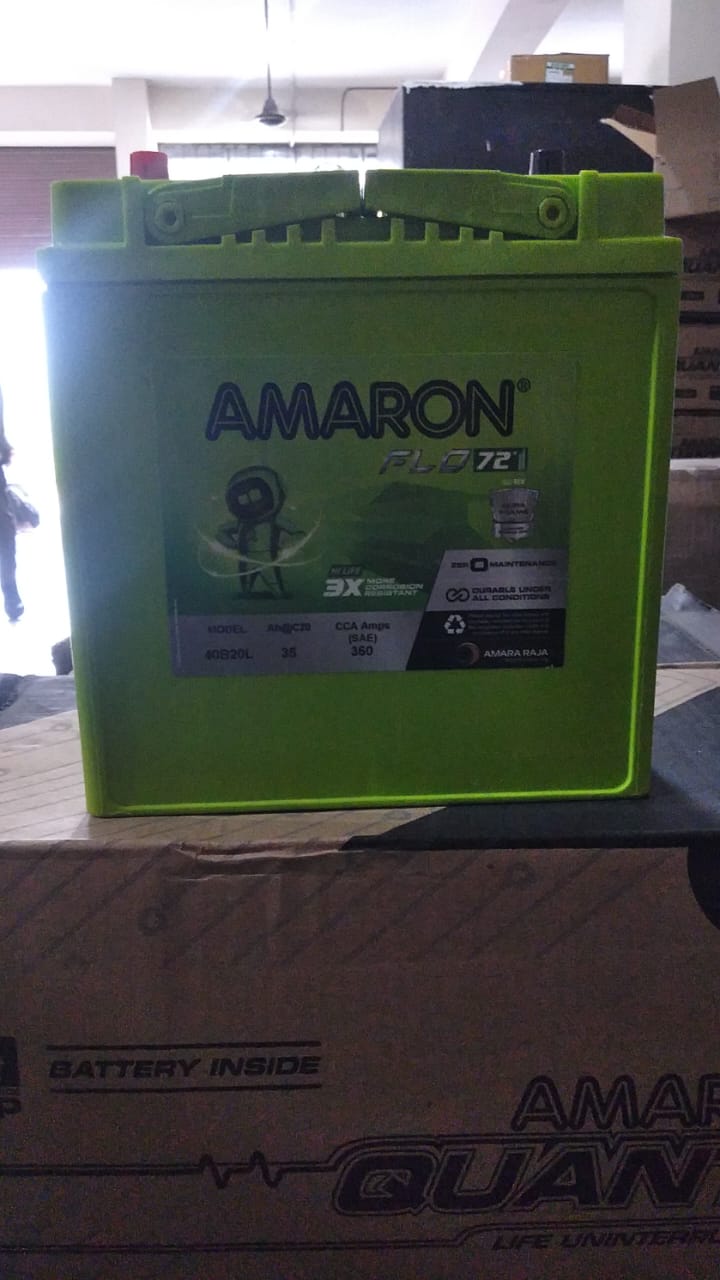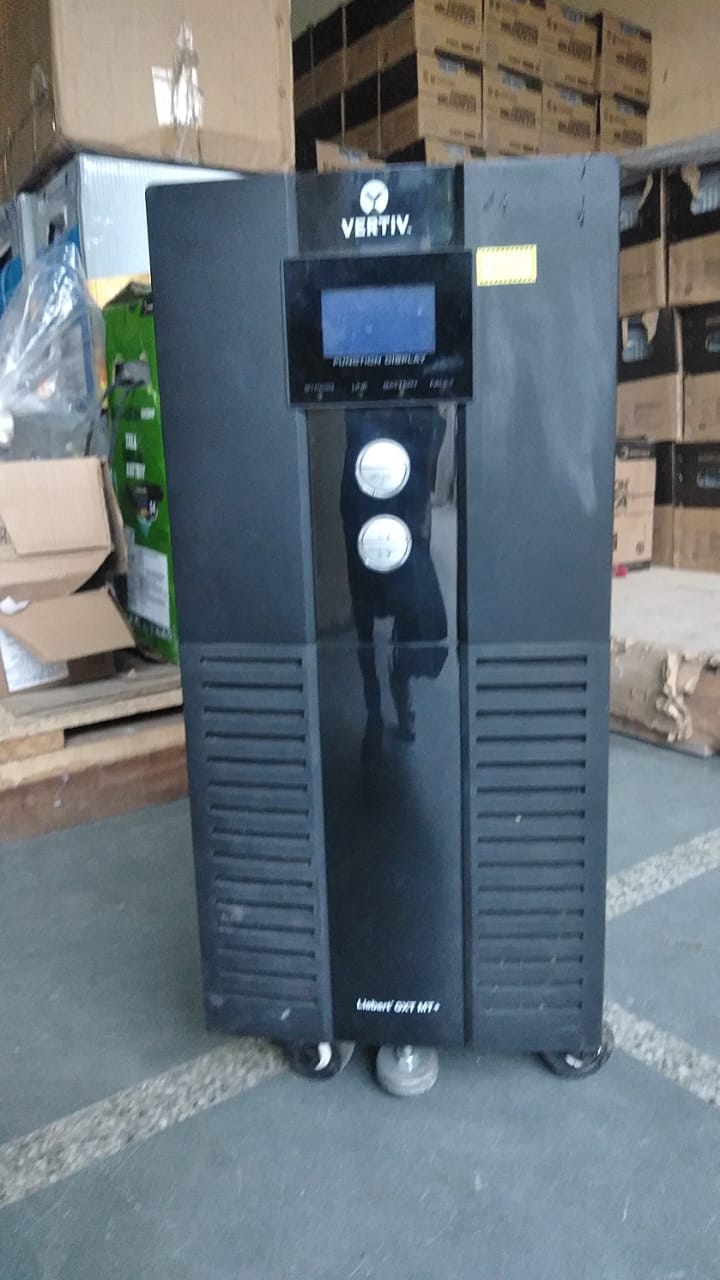The Vertiv 6kVA PowerBank UPS is typically part of Vertiv's On-Line or Line-Interactive power protection solutions that integrate battery backup systems designed to maintain a continuous supply of power in the event of an outage. These UPS systems are ideal for applications where consistent power quality and uptime are critical, such as for medium to large businesses, IT infrastructure, and high-demand environments like data centers. Although "PowerBank" is a brand name or marketing term used by Vertiv for specific models of UPS systems (often focused on extended battery runtimes or integrated external batteries), detailed product specifications and the exact model can vary. Below is a general overview of the Vertiv 6kVA PowerBank UPS based on the series features typically associated with Vertiv's offerings. Key Features and Specifications: 1. Topology: Double Conversion On-Line: Provides the highest level of protection by continuously filtering and conditioning the incoming utility power. It delivers pure sinewave output, making it suitable for sensitive equipment that requires high-quality power. The On-Line topology ensures zero transfer time in case of power failure because the UPS system is always supplying power from the inverter. 2. Power Rating: 6kVA / 6000VA (Provides backup for medium-sized systems or higher power applications like small-to-medium server rooms, network systems, and critical equipment). 3. Output Power: Output Power: 4.8 kW to 5.4 kW (depending on load and configuration) 4. Input and Output Specifications: Input Voltage: 110V - 300V, wide input range for handling fluctuations without switching to battery mode. Output Voltage: 230V ± 2% (standard in most countries) 5. Waveform Type: Pure Sinewave Output: Ensures that the connected equipment receives a smooth and continuous power supply without the distortions found in some lower-quality UPS systems. 6. Battery Configuration: Battery Type: Typically Sealed Lead-Acid (SLA) or Valve-Regulated Lead-Acid (VRLA) batteries. Battery Capacity: Typically, 12V batteries with 18Ah, 24Ah, or higher capacities. The system may include external battery modules (Battery Banks) for extended runtime, making it suitable for larger power demands and longer backup times. External Battery Packs: Some models support additional external battery cabinets, which allow the UPS to run longer during extended outages. This is especially important for environments where power failures may last for an extended period. 7. Charging Time: Typically, the system will fully recharge in around 4-6 hours, depending on battery size and environmental conditions. 8. Backup Time (Runtime): The backup time can range from 20 minutes to several hours, depending on the load. For example, a 50% load (about 3 kVA or 3000W) will generally offer a longer runtime. A full load of 6kVA will typically provide 10-15 minutes of backup time. If the UPS is configured with external battery packs, the runtime can be extended for much longer periods, making it ideal for critical systems that require extended protection during power outages. 9. Cooling System: The UPS is equipped with fan-assisted cooling to ensure efficient heat dissipation and prevent overheating during extended use. 10. Display and Monitoring: LCD Display: Displays real-time information about UPS status, battery health, load capacity, input/output voltages, battery runtime, and other important parameters. Audible Alarms: Alerts for conditions such as low battery, overload, power failure, and system faults. Smart Battery Management: Ensures optimal battery health and extends the lifespan of the UPS. 11. Connectivity and Interfaces: USB/Serial Ports: For communication with a connected computer or server for monitoring and management. SNMP Slots: Some models may offer SNMP (Simple Network Management Protocol) support for remote monitoring and management via networked devices. Dry Contact Interface: Allows integration with building management or alert systems. Optional Software: Available for automated shutdown in the event of prolonged power outages, and event logging. 12. Form Factor: Tower or Rackmount (depending on the specific model and user preferences). Some models are available in rackmount configurations for server rooms and data centers, while others are more suitable for a tower setup. 13. Additional Features: Overload Protection: Safeguards against exceeding the UPS's rated capacity. Short-Circuit Protection: Provides defense against electrical faults. Automatic Voltage Regulation (AVR): Ensures that the UPS compensates for voltage fluctuations (e.g., brownouts or overvoltages) without resorting to battery backup.
Send Message







